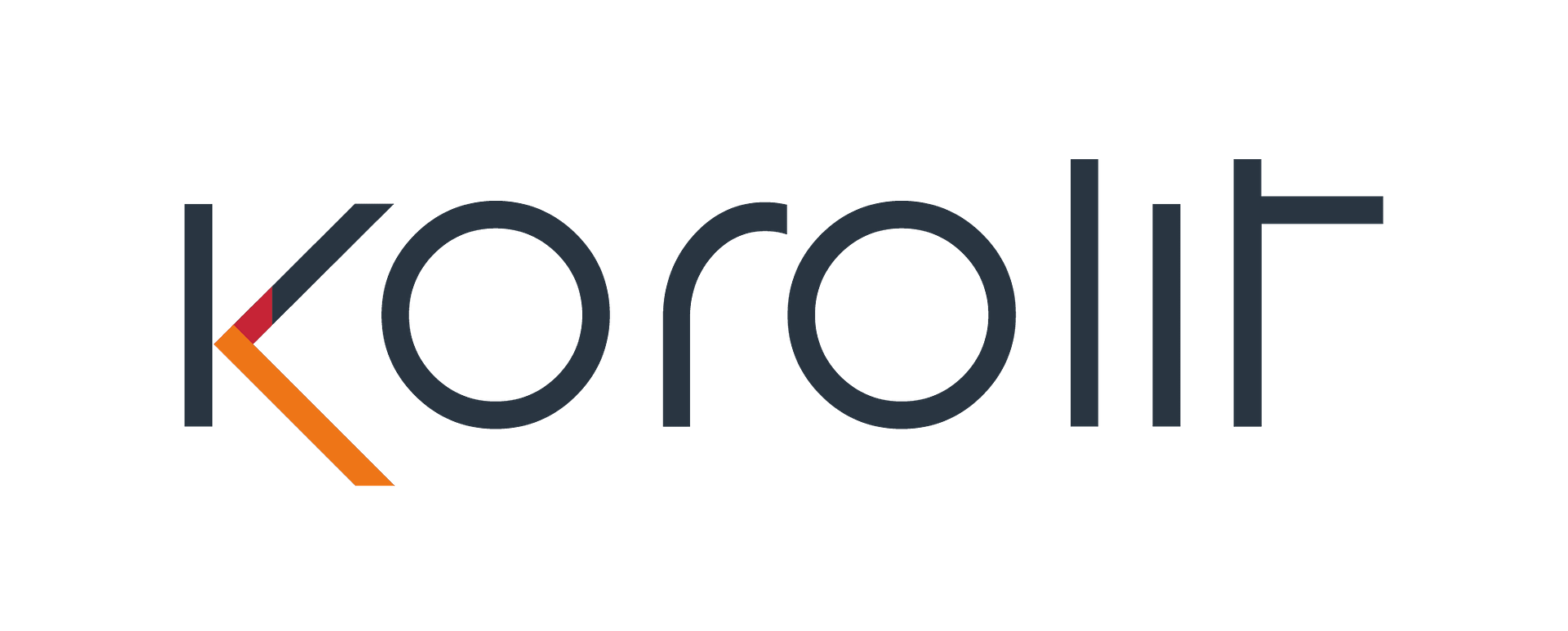Key Themes For CIO’s
This is the very first article for Kolorit and hence were choosing a very relevant topic that will be somewhere on the list of ToDo’s of most if not all CIO’s at the moment.
The following four topics are represented in various guises from all the leading research organisations including Gartner, Forester and IDC and our particular views are outlined below. If you would more information please feel free to contact us directly.
Bring Your Own Device (BYOD)It doesn’t matter what your position is re BYOD it is an inevitability, sooner or later you will have to provide support to users who want to connect a variety of their own devices to your organisations systems. There is little point in turning to your fellow board members for support as your colleagues here are very probably the key early adopters driving the change. to make matters worse your FD is only too keen to remove the need to buy and the need to incorporate IT assets into the accounts.Now is the time time to craft a policy and procedure framework around support of these devices. These policies and procedures will need to manage exactly what can and cannot be done with organisational resources to assure the appropriate levels of information security and make it possible for the organisation to remain firmly in control of its organisational information assets.The CIO that do try and say no will find an organization with vast “shadow IT” resources as employees and even executives begin to ignore the edict. CIOs who try to provide ad hoc support will find themselves having to support anything and everything under the sun and, without thorough vetting of a set of procedures, may place organisational information assets at risk.Leadership Vs ManagementThe times when the CIO could adopt an autocratic position and impose both IT policy and compliance are in the past. Your fellow executives are much more IT savvy and want to have a say and in some cases will directly affect IT strategy and policy by attempting to go it alone with their IT purchases, it becomes more important than effort for the CIO to provide leadership to their organisation by demonstrating a clear understanding of the external drivers and organisational challenges. The CIO will also need to foster strong and positive relationships with his peers in order to help drive them in a direction that makes sense for the organization even as technology decisions become more distributed.IT as a service2012 will be the year when the technology focused CIO’s either need to develop a significant level of market awareness and strategic perspective or find new roles to perform where their more tactical approach will provide value for the organisation.It’s true that technology is becoming progressively more complex and sophisticated but it also true that there is an underlying drive to abstract this complexity from the user. A great example here is the strategy that drives Apple’s success. Most of Apple’s customers just don’t want to know the technical details of how iTunes integrates with iCloud and exchanges data with a variety of devices, they just want to use this capability. Steve Job’s was not a technical guru he set a direction for Apple’s IT and ensured it was executed through some particularly talented teams of people. Contrast this with Bill Gates over at Microsoft where you do need to know how the bits fit together.We are rapidly moving beyond technology as a focus and towards vision and service. Perhaps ‘Information Technology’ provides entirely the wrong focus to most organisations and we need to replace it with the term ‘Information Strategy and Service’?Managing Costs.In many cases ongoing IT operations consume 80% or more of IT staff time leaving, in many cases, no more than 20% of time for value-add project work. This fact has always frustrated IT executives as well as their business peers who continue to have more and growing demands.
It’s also probably true that many organisations rely on IT systems that are far from robust and suited to future changes due to both budgetary and resource constraints. CIO’s need to take a big step back with their fellow executives to discuss some much broader and deeper questions on information service delivery and strategy. These questions will inevitably include selective or complete outsourcing as a way of reducing costs and improving both service and strategic flexibility.SummaryBYOD, Leadership, Service and Costs are very relevant and closely interrelated topics. The CIO’s world is becoming both increasingly complex and sophisticated with an underlying move to a ‘Information as a Service’. The more successful organisations will be those that are able to come to terms with this focus to establish the strategies and execution that will fully leverage the opportunities presented to both reduce service delivery costs and increase agility.





